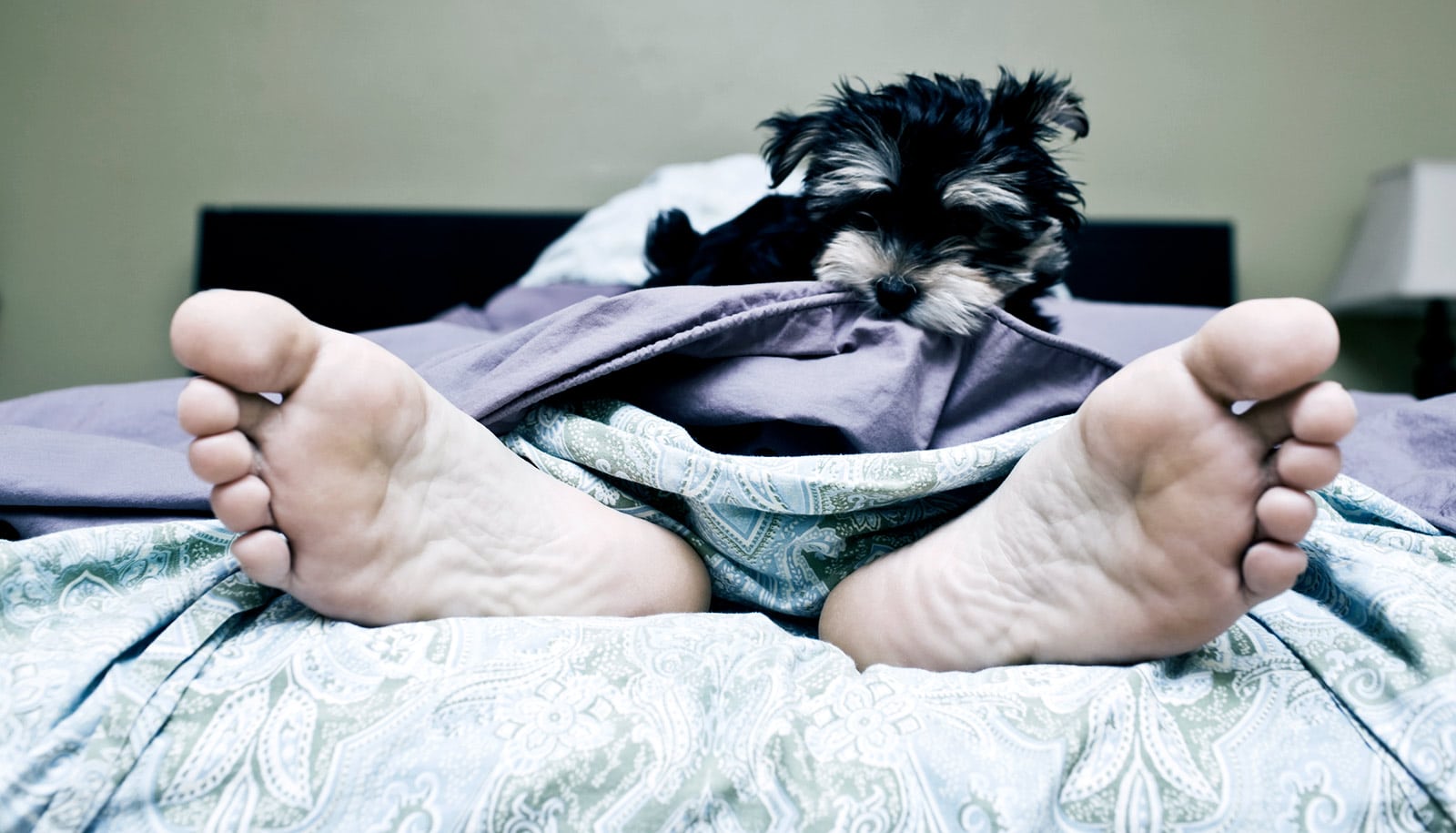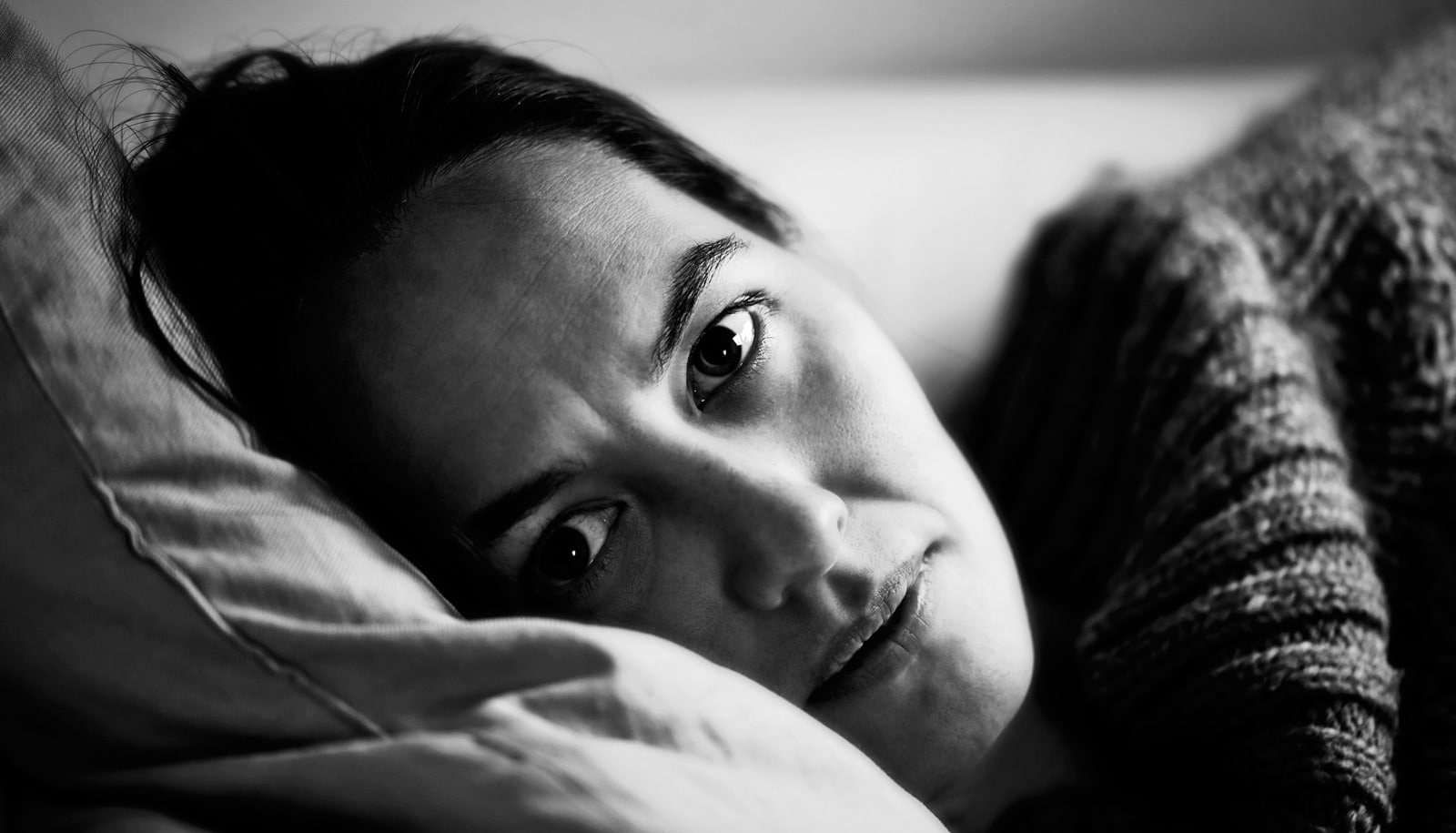Restless legs syndrome begins with excitability and hyperarousal in a part of the brain that controls leg movement, a new study reports.
The findings could lead to safer, more effective ways to treat the condition—and the chronic sleep deprivation it causes, researchers say.
Some 10 percent of adults in the United States experience RLS at one time or another, and about one in 500 reports that the condition is severe and chronic enough to interfere with quality of life, work productivity, or mental health, the National Sleep Foundation says.
Soda bubbles
People with severe RLS describe an overwhelming urge to move their legs when they are at rest. They may feel pain, or sensations of soda bubbles in their veins or worms crawling in their legs, with relief coming only when they stand or move their legs.
Long-term effects include fatigue, anxiety, and depression, much of it linked to repeated interruption of sound sleep. Standard treatments, which may carry significant side effects, include opioids, anti-seizure drugs, and medications that behave like the neurotransmitter dopamine.
Although many conditions, such as kidney disease and diabetes, have been associated with RLS, the neurological roots of the condition have been subject to debate.
‘Move my legs’
The new study, which appears in Sleep Medicine, supports the idea that the underlying mechanism for RLS rests in the brain’s “move my legs” center, researchers say, and makes even more sense of the relief those with RLS experience when they get up and move them.
“Essentially, the brain sends the signal when it’s preparing to move a limb, even when you aren’t planning to move, so your body is ready and amped up,” says Richard Allen, professor of neurology at Johns Hopkins School of Medicine. “The only way to alleviate the feeling is to move.”
The researchers identified 32 adults with moderate to severe RLS and asked them to stop treatments for 12 days. They also recruited 31 matched controls with no history of RLS or other sleep disorders and with healthy sleeping patterns.
The researchers used transcranial magnetic stimulation to apply safe pulses that stimulated regions of the brain that control movement of hand or leg muscles. They then used electrodes attached to the hand or leg to measure muscle responses.
Pairing two pulses can either cause or suppress a reaction in a muscle, depending on the timing between the pulses. The researchers looked at excitatory paired pulses and two types of inhibitory pairs: short- and long-interval ones.
They found that inhibition is reduced in people with restless legs syndrome, compared to people without the condition, says Rachel Salas, associate professor of neurology. “The reduced response means that the region of the brain controlling the legs shows increased cortical excitability in the motor cortex.”
Excitatory pulses
In separate experiments measuring the effect of paired pulses to the brain in the region that controls the hand, they found no real differences in response to the inhibitory pulses—short- or long-interval—between people with RLS and those without the condition.
The researchers did, however, find that the response to excitatory pulses to the hand were different in RSS patients and controls.
“The measurements from the hand muscles show that the activity in the brain is reduced in the region that controls the hand in people with restless legs syndrome compared to controls,” Salas says.
Previous research shows that inhibitory pulses are associated with the action of the neurotransmitter GABA, typically known for tamping down brain activity, Salas says. Since there is hyperactivity in the leg-controlling portion of the brain, it is possible that cells and tissues there lack enough GABA.
Medications that act like the neurotransmitter dopamine, such as ropinirole or pramipexole, work in the short term, but can exacerbate the condition over time, Salas says, and opioids are effective, but pose a risk for dependency.
With the new results, the researchers hope to study using electrical stimulation to suppress the brain’s activity.
The National Institute of Neurological Disorders and Stroke funded the work.
Source: Johns Hopkins University


